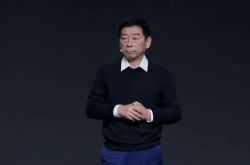The Crossroads of "Besieged" Fuel Vehicles
![]() 06/19 2025
06/19 2025
![]() 562
562
Cui Dongshu's remark, "only fuel vehicles should be bought," ignited a fierce online debate, unveiling a profound clash over the future of automotive energy sources.
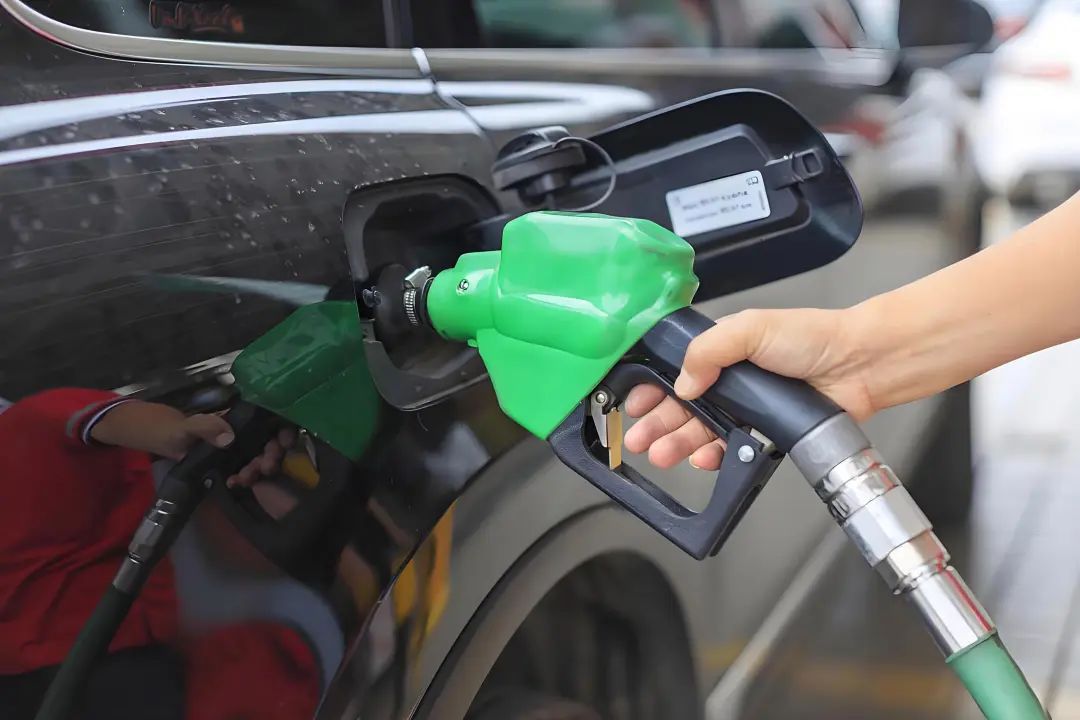
During a live broadcast, Cui Dongshu's comments that "new energy vehicles cause more pollution" and "buying fuel vehicles is contributing to the country" stirred up a public storm, with related topics swiftly trending on social media. Netizens flocked to criticize, accusing the industry authority of being "conservative" and "regressive." Amidst the controversy, Cui Dongshu clarified that his choice of fuel vehicles stemmed from personal limited use and charging inconveniences, emphasizing that some articles had misinterpreted his words.
In reality, there is no inherent right or wrong in choosing either fuel vehicles or new energy vehicles from an individual perspective. However, the widespread labeling of fuel vehicles as outdated and obsolete reflects a significant misunderstanding.
The True Vitality of Fuel Vehicles
Despite the rapid advancement of new energy vehicles, market data reveals an overlooked truth: fuel vehicles still exhibit robust vitality. Although new energy vehicles have surpassed 50% of sales for several consecutive months, partly due to trade-in policies and subsidies, fuel vehicles continue to hold over 40% of the market, demonstrating their far from obsolete status.
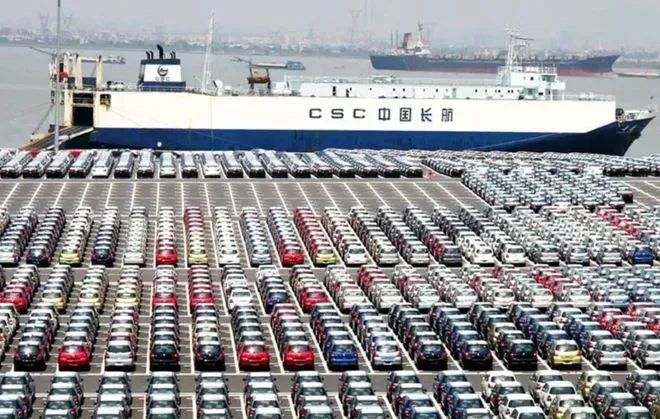
On the international stage, the significance of fuel vehicles becomes even more pronounced. In 2024, China's total automotive exports soared to 5.859 million units, a 19.3% year-on-year increase. Notably, 4.574 million of these units were fuel vehicles, with a growth rate of 23.5%. This data underscores that despite the ongoing electrification transformation in the global automotive industry, demand for fuel vehicles in emerging markets remains robust. In developing countries and regions, fuel vehicles remain the preferred option due to their relatively lower usage and maintenance costs.
Despite the significant growth in new energy vehicle exports driven by companies like BYD this year, fuel vehicles remain the backbone of China's automotive exports.
Industry Calls for Equal Rights for All Cars
Beneath the controversy sparked by Cui Dongshu lies the issue of unequal policies faced by fuel vehicles. As Secretary-General of the China Passenger Car Association (CPCA), he has repeatedly advocated for the industry proposition of "equal rights for all cars."
As early as January 2024, Cui Dongshu emphasized: "Currently, fuel vehicles are subject to both purchase quotas and travel restrictions, and they also contribute trillions of yuan in fuel taxes. With new energy vehicle sales already accounting for 28.6%, it is imperative to implement equal rights for all cars and promote normal consumption among fuel vehicle users." The CPCA has also proposed to relevant national departments the merging of blue and green license plates, aiming to eliminate policy discrimination and foster a fair competitive environment.
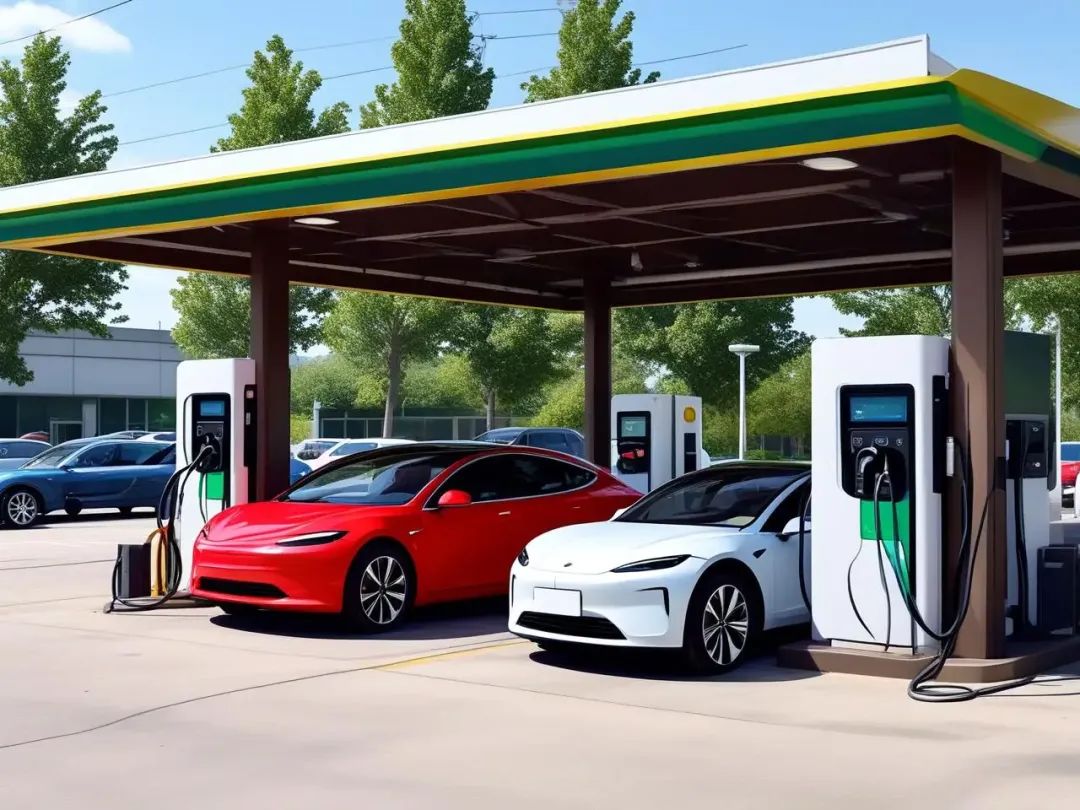
The policy differences are indeed stark. Many cities nationwide impose time-based travel restrictions on fuel vehicles, while new energy vehicles often enjoy unrestricted travel and purchase privileges. In terms of taxation, fuel vehicles bear high consumption and fuel taxes, whereas new energy vehicles benefit from preferential treatments such as tax exemptions for vehicle purchases. These policy factors continue to drive the adoption of new energy vehicles.
Dual-Track Development is the Rational Path
Some institutions predict that while the penetration rate of new energy vehicles is expected to exceed 60% by 2025, fuel vehicles will still maintain a substantial market share, with different technological pathways potentially converging.
Globally, fuel vehicles retain irreplaceable advantages in specific areas. In cold regions, long-distance transportation, and specialized vehicles, fuel vehicles excel in endurance and environmental adaptability. Conversely, new energy vehicles are more economical and environmentally friendly for urban commuting and short-distance travel.
China's automotive market is entering a phase of "dual-track development." On one hand, new energy vehicles will continue to expand their market share; on the other hand, fuel vehicles will enhance fuel efficiency and reduce emissions through technological innovation, transforming towards premium and personalized directions.
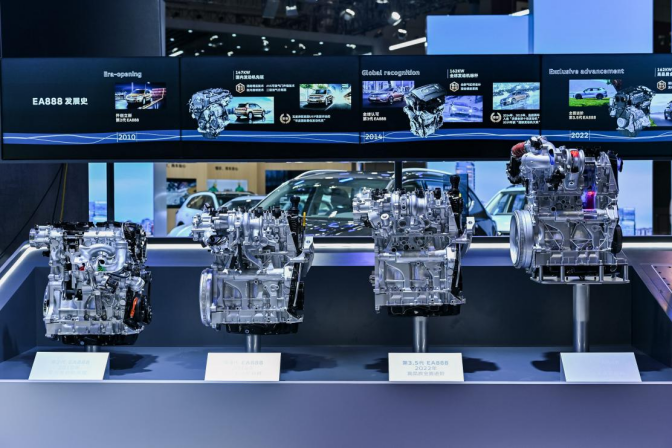
While traditional automakers are introducing new energy vehicle models, the promotion and upgrading of traditional fuel vehicle models are equally noteworthy. For instance, SAIC Volkswagen recently launched a limited-time offer of a lifetime warranty for its entire fuel SUV family, garnering significant attention. The future lies in the coordinated development of fuel and electric vehicles, with technological pathways not in opposition but in harmony.
The automotive industry's future is not a knockout competition where one eliminates the other but a diversified evolution catering to different needs and scenarios. As price differences diminish and energy replenishment anxiety eases, consumers' choices will revert to their genuine needs. In the vast automotive landscape, fuel vehicles and new energy vehicles are progressing in parallel, each seeking the most suitable terrain.

